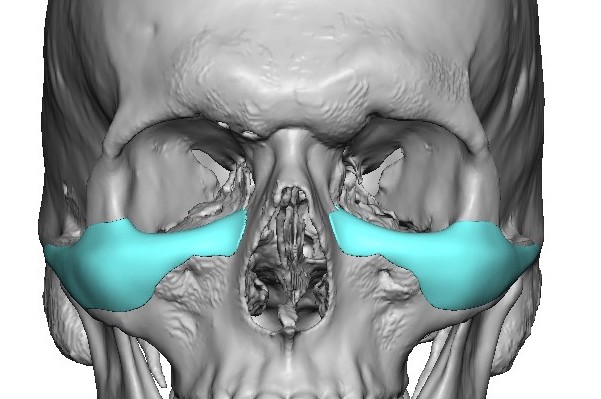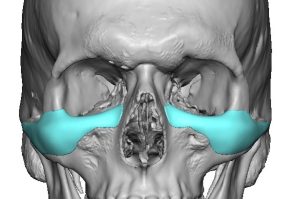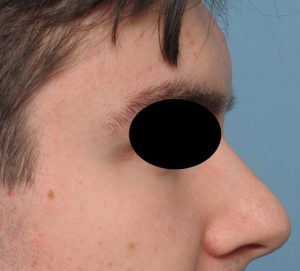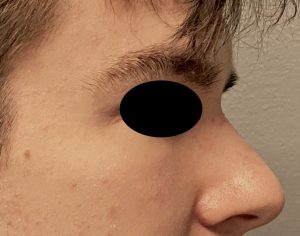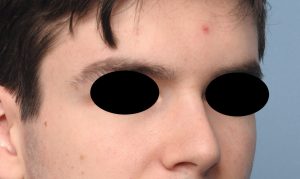Background: While cheek implant augmentation has been performed for decades, the vast majority of satisfied patients are typically female. Standard cheek implants as we known them today have largely gone unchanged in their designs for the past three decades. While not often obvious cheek implant designs have been made for women, unknowingly by the manufacturers, as there are gender differences in male and female cheek augmentation goals or the specific dimensional midface changes desired.
Standard cheek implants are fundamentally about creating an ‘apple cheek’ effect or a rounded or oval shape augmentation centered off the highest convexity of the cheek. This is a distinct female aesthetic preference. That look may work for some men but almost exclusively it is only effective in the male with significant lipoatrophy our facial fat loss. In most men who seek cheek augmentation an apple cheek effect feminizes their face which is not their desired look.
When most men seek cheek augmentation they desire a masculinizing effect. While the specifics of a facial masculinization effect can be clearly described for the jawline of the lower face and brow bones of the forehead, most can not anatomically describe what that means for the midface/cheek region. The descriptive term for a cheek masculinizing effect is the so called ‘high cheekbone’ look. What that anatomically means is a horizontal line of augmentation across the cheekbone along its natural convex or flatter surface areas. This may or may not include the infraorbital rim but almost always means out onto the zygomatic arch. The augmentation specifically stays away from the concave surface ion the cheekbone which is referred to as the submalar region in most cases. This horizontal line of augmentation can not be completely horizontal but that only occurs based on the various shape and thicknesses along this line of augmentation.
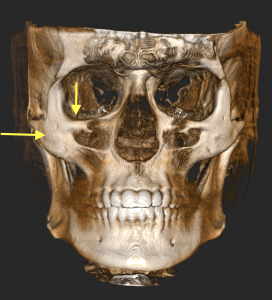

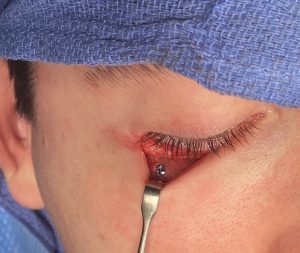
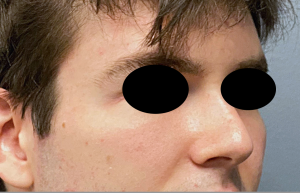
The high cheekbone look comes from skeletal augmentation that is literally ‘high’ on the midface. It must parallel the infraorbital-malar skeletal line, which may seem high, but it is the normal bony structure of which those who have it naturally have it more developed. (greater convexity) Once this anatomy is understood it is understandable why no form of standard cheek implant regardless of how it is placed can create the same effect.
Case Highlights:
1) The custom infraorbital-malar implant is a contemporary approach to the male who seeks cheek augmentation or the high cheekbone look.
2) The infraorbital-malar implant horizontally augments the convex or flat surfaces of the infraorbital rim out across the zygomatic arch with it major projection at the cheek ‘corner’.
3) The custom infraorbital-malar implant is placed through a limited lateral lower eyelid incision.
Dr. Barry Eppley
Indianapolis, Indiana

